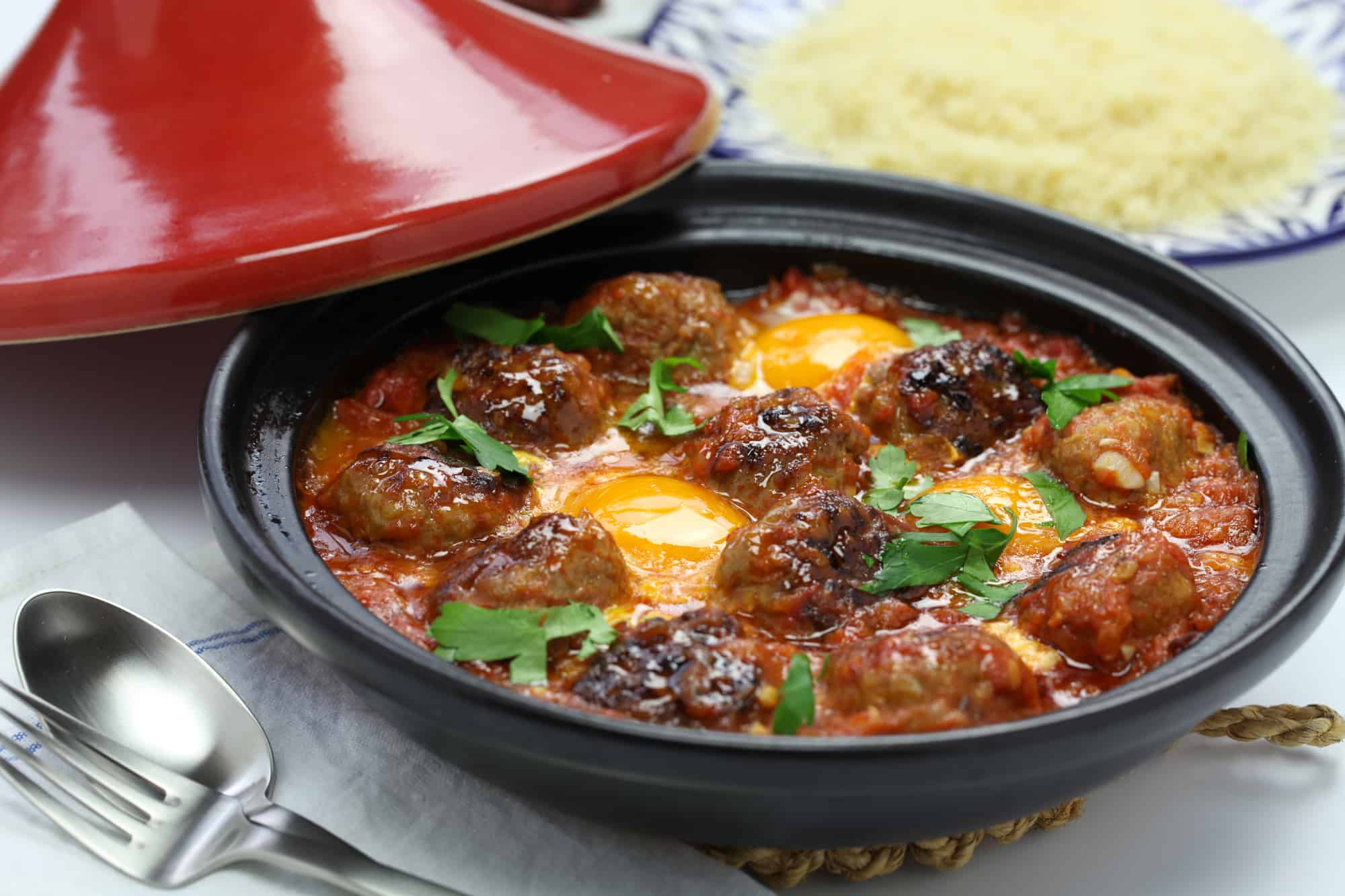
Key Takeaways:
- Moroccan cuisine is a vibrant blend of Arab, Berber, and Mediterranean influences, creating bold flavors with spices like cumin and cinnamon. It’s a delicious cultural fusion!
- From the iconic Tagine stew to the communal dining experience, Moroccan food is a delightful mix of spicy and sweet flavors, perfect for sharing with family and friends.
Rich Cultural Blend
Moroccan cuisine is a delightful fusion of Arab, Berber, and Mediterranean influences, resulting in a unique and vibrant culinary experience.
Diverse Flavors and Spices
The flavors of Moroccan food are bold and diverse, with a prominent use of spices such as cumin, coriander, turmeric, and cinnamon. These spices add depth and complexity to the dishes.
Staple Ingredients
The key ingredients in Moroccan cuisine include fresh herbs like parsley and cilantro, olive oil, preserved lemons, olives, and a variety of meats, such as lamb, beef, and chicken.
Signature Dish – Tagine
Tagine is a traditional Moroccan dish named after the earthenware pot in which it is cooked. It is a slow-cooked stew that typically includes meat, vegetables, and aromatic spices.
Couscous Delight
Couscous is a staple grain in Moroccan cuisine. It is light and fluffy and often served with a flavorful meat or vegetable stew.
Mint Tea Tradition
Mint tea, also known as “Moroccan whiskey,” is a symbol of hospitality and is served throughout the day. It is a refreshing blend of green tea, mint leaves, and sugar.
Street Food Delights
Morocco is known for its vibrant street food culture. From savory dishes like grilled kebabs and falafel to sweet treats like Moroccan pancakes and pastries, the street food scene offers a wide range of mouthwatering options.
Influential Mediterranean Cuisine
Moroccan cuisine shares similarities with Mediterranean cooking styles, including the abundant usage of fresh vegetables, olive oil, and fragrant herbs.
Spicy and Sweet Combination
Moroccan food often combines spicy and sweet flavors. The traditional Moroccan spice blend, Ras el Hanout, exemplifies this balance, incorporating a mix of aromatic spices with a touch of sweetness.
Social Dining Experience
Moroccan meals are a communal affair, with family and friends gathering around a shared table to enjoy the variety of dishes. It is a time for bonding, storytelling, and savoring the flavors of Morocco.
Conclusion
Moroccan cuisine is a true delight for food enthusiasts. From the vibrant spice blends to the rich flavors and unique combinations, Morocco food is a representation of the country’s diverse cultural influences. Whether you are indulging in a traditional tagine, savoring the aromatic Moroccan mint tea, or relishing the mouthwatering pastries, every bite takes you on a culinary journey.
The use of fresh ingredients, such as spices, herbs, and vegetables, gives Moroccan dishes a distinct and tantalizing taste. The combination of sweet and savory flavors, along with a touch of heat, creates a perfect balance that satisfies even the most discerning palates.
Now that you know these 10 fascinating facts about Moroccan food, it’s time to explore this rich culinary heritage and embark on a delicious adventure that will leave you craving for more!
FAQs
Q: What are the staple foods in Moroccan cuisine?
A: The staple foods in Moroccan cuisine are couscous, bread, and a variety of vegetables, such as tomatoes, onions, and bell peppers. These ingredients are commonly used in tagines, stews, and salads.
Q: Is Moroccan food heavily spiced?
A: Yes, Moroccan food is known for its rich and intricate spice blends. Some commonly used spices include cumin, cinnamon, ginger, coriander, paprika, saffron, and turmeric. These spices not only add flavor but also contribute to the vibrant colors of Moroccan dishes.
Q: Are there vegetarian options in Moroccan cuisine?
A: Yes, Moroccan cuisine offers a wide range of vegetarian options. Popular vegetarian dishes include vegetable tagines, couscous with vegetables, falafel, and a variety of delicious salads made with fresh ingredients.
Q: What is the significance of mint tea in Moroccan culture?
A: Mint tea, also known as “Moroccan whiskey,” is a symbol of hospitality in Moroccan culture. It is served before and after meals, as well as during social gatherings. The refreshing blend of green tea, mint leaves, and sugar is a well-loved tradition that embodies Moroccan hospitality.
Q: Are Moroccan pastries famous?
A: Yes, Moroccan pastries are renowned for their exquisite flavors and intricate decorations. From the flaky layers of the famous baklava to the sweet and chewy almond-filled pastries called “Ghoriba,” Moroccan sweets are a delightful treat for those with a sweet tooth.
Was this page helpful?
Our commitment to delivering trustworthy and engaging content is at the heart of what we do. Each fact on our site is contributed by real users like you, bringing a wealth of diverse insights and information. To ensure the highest standards of accuracy and reliability, our dedicated editors meticulously review each submission. This process guarantees that the facts we share are not only fascinating but also credible. Trust in our commitment to quality and authenticity as you explore and learn with us.
